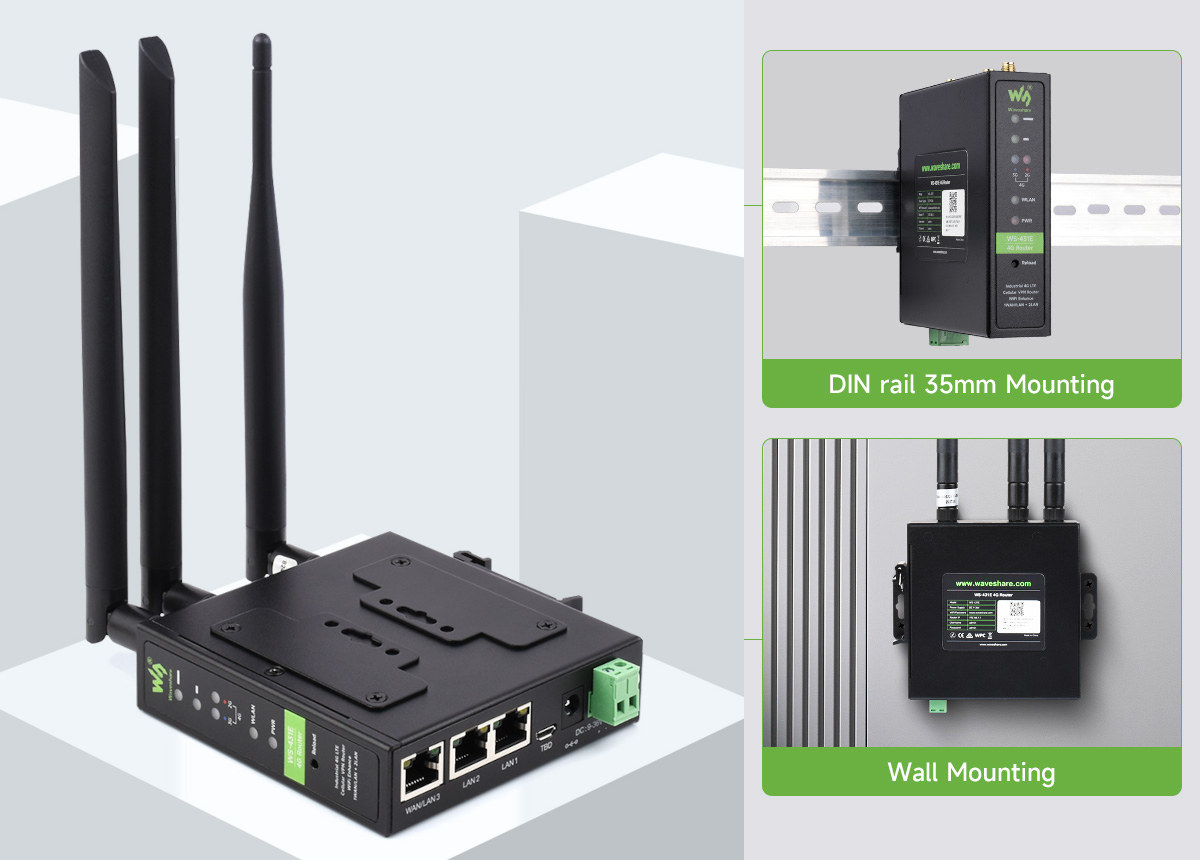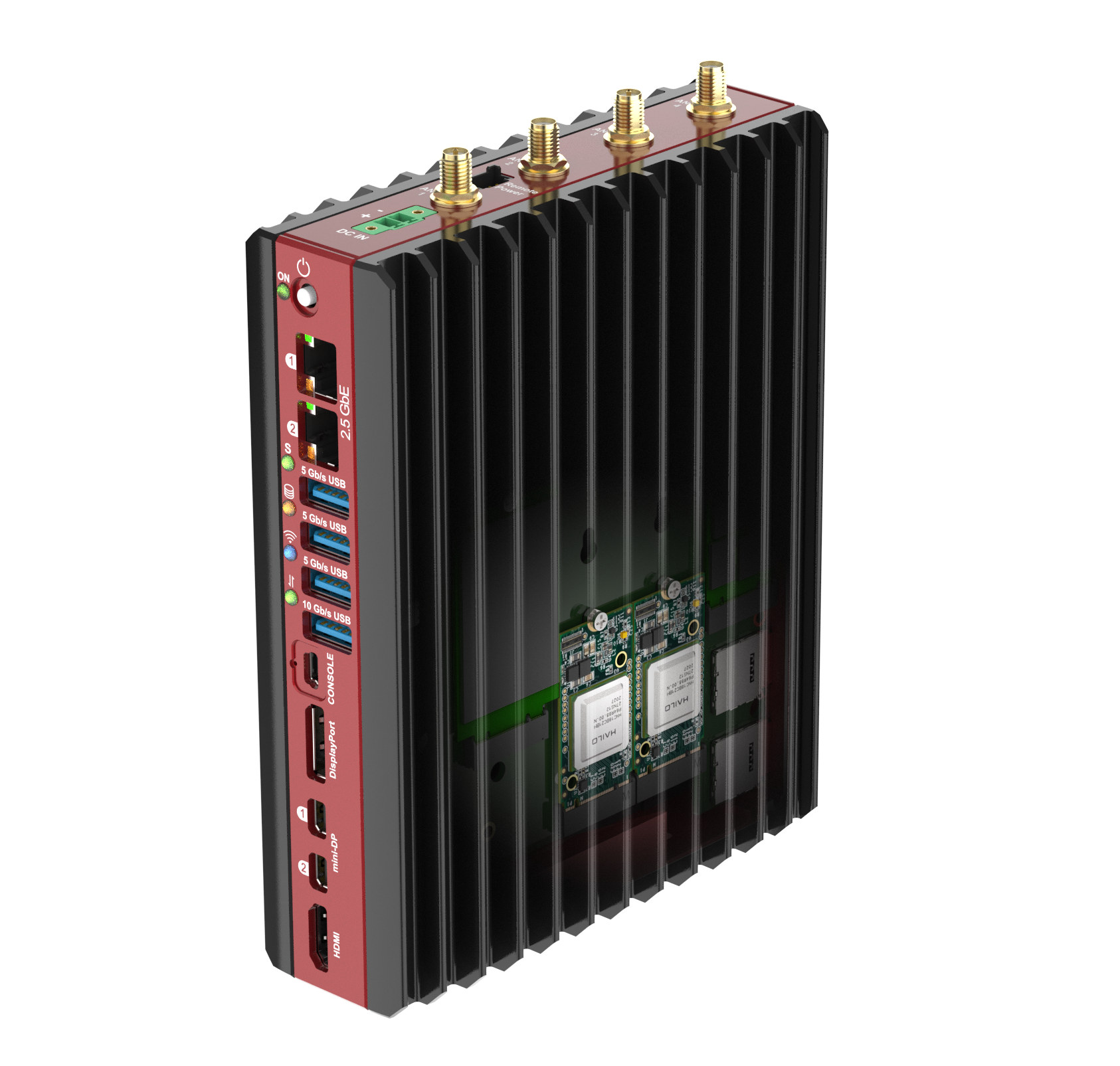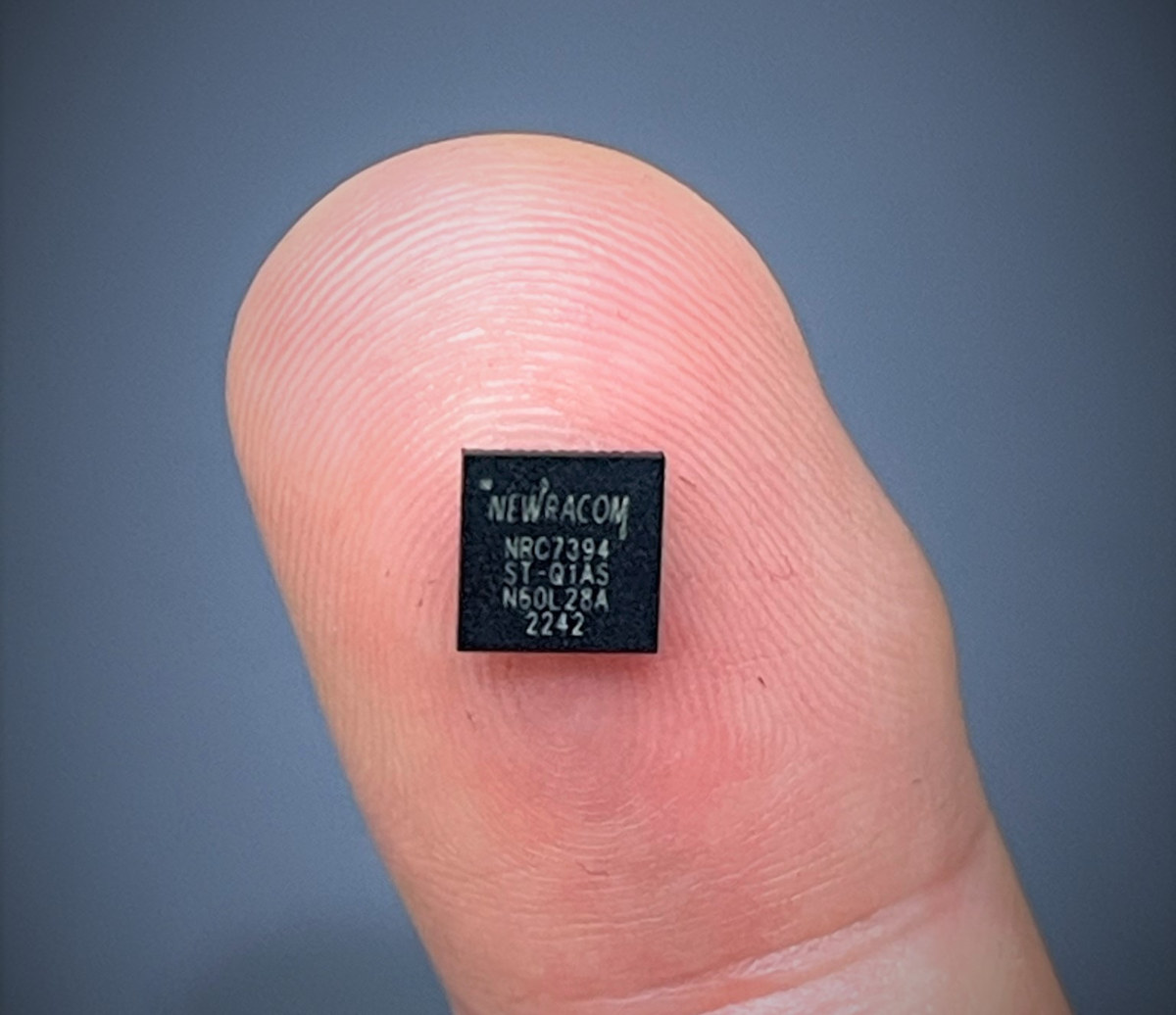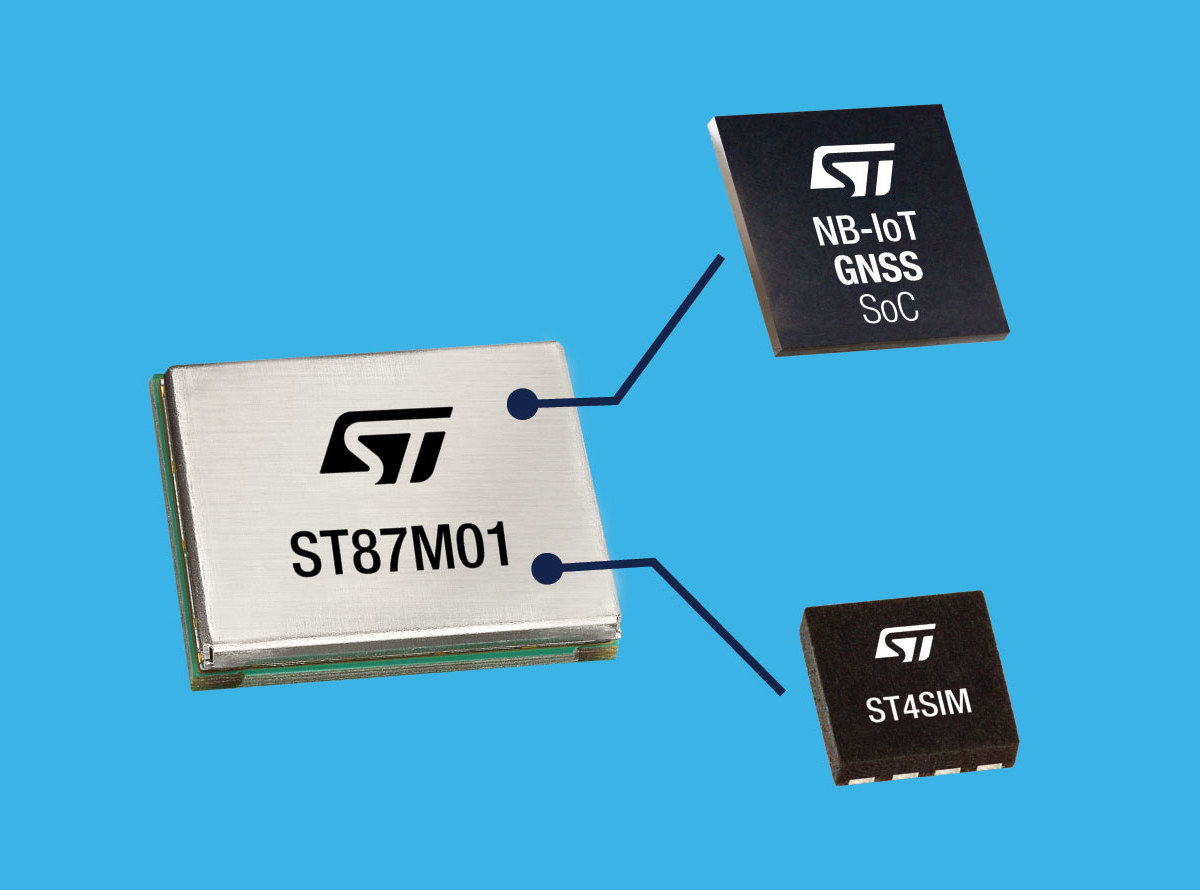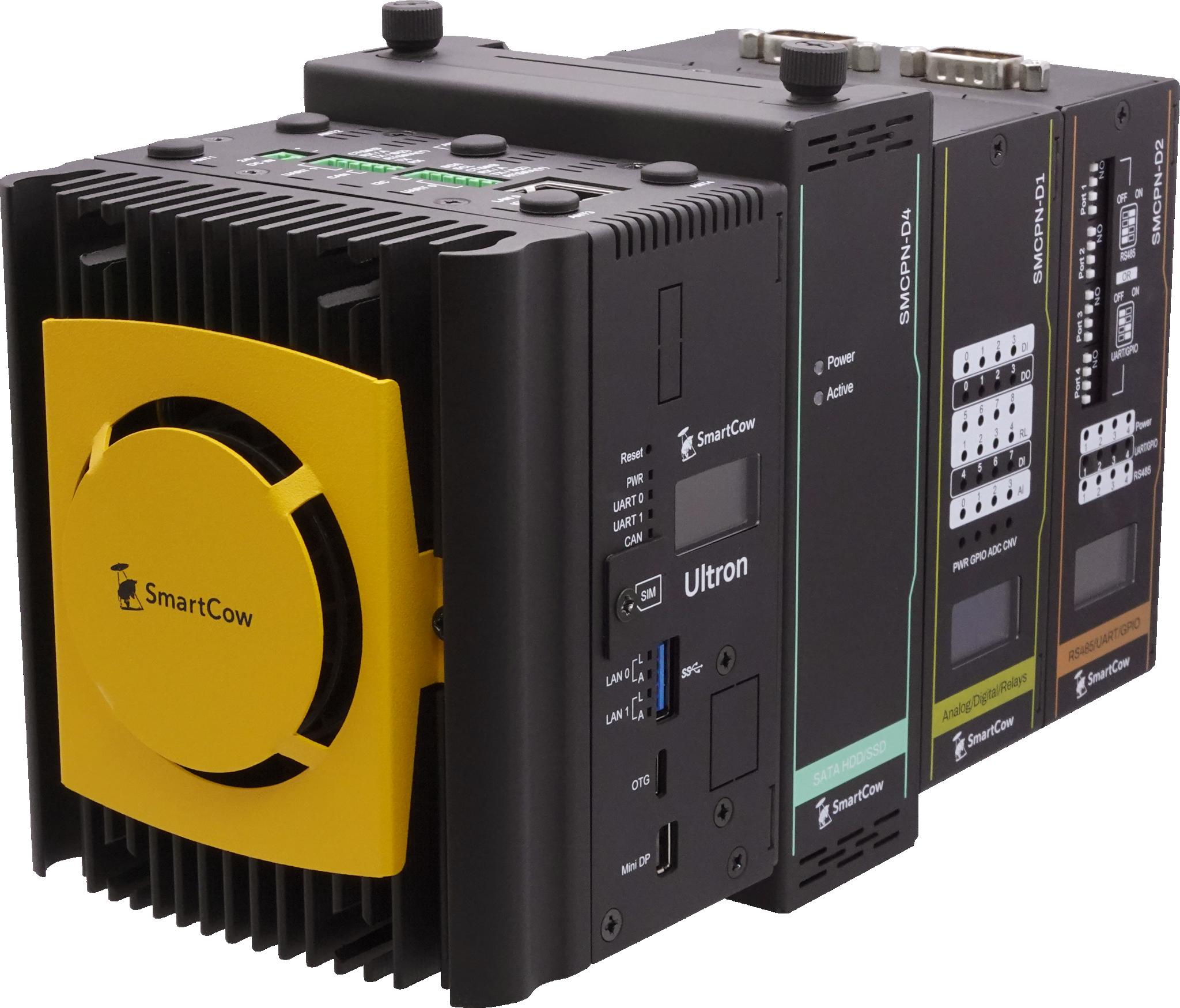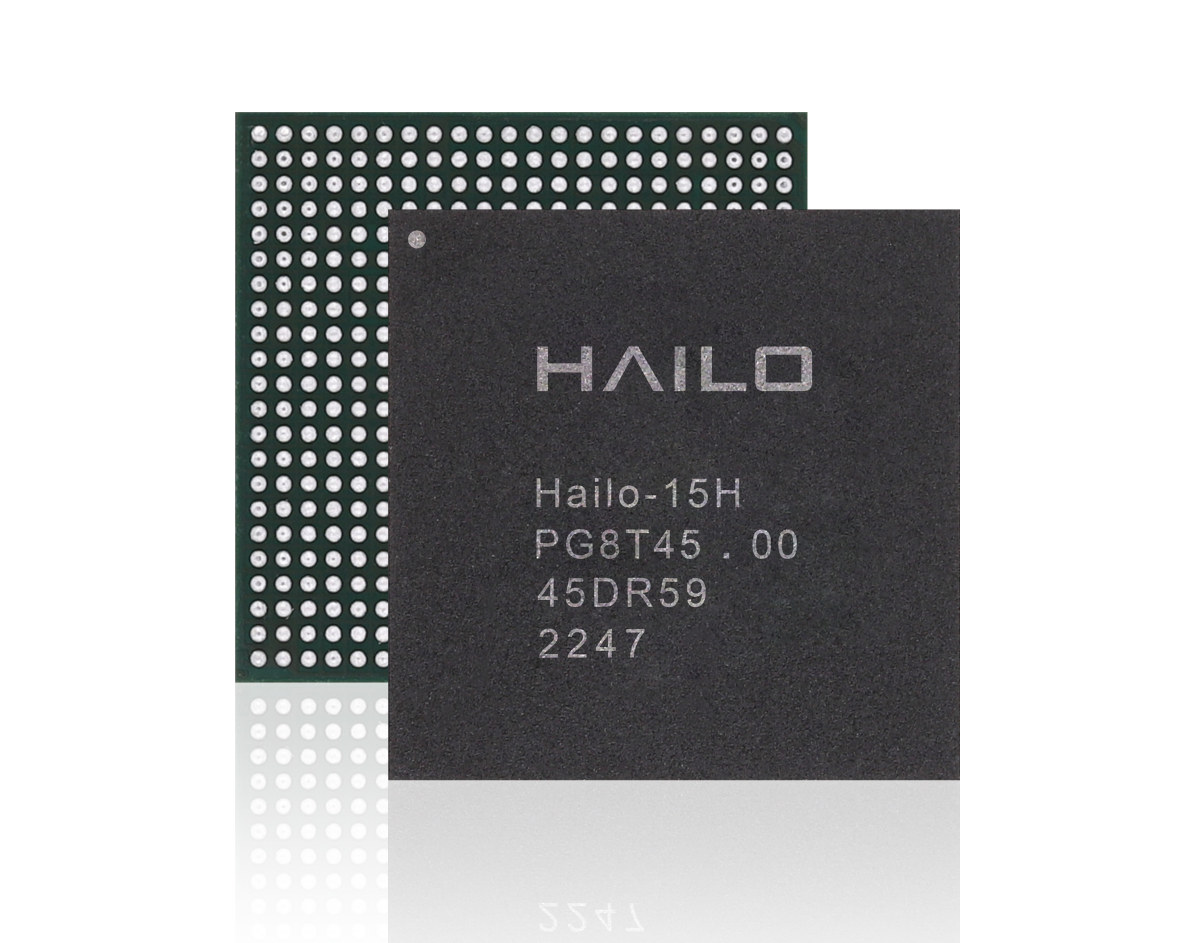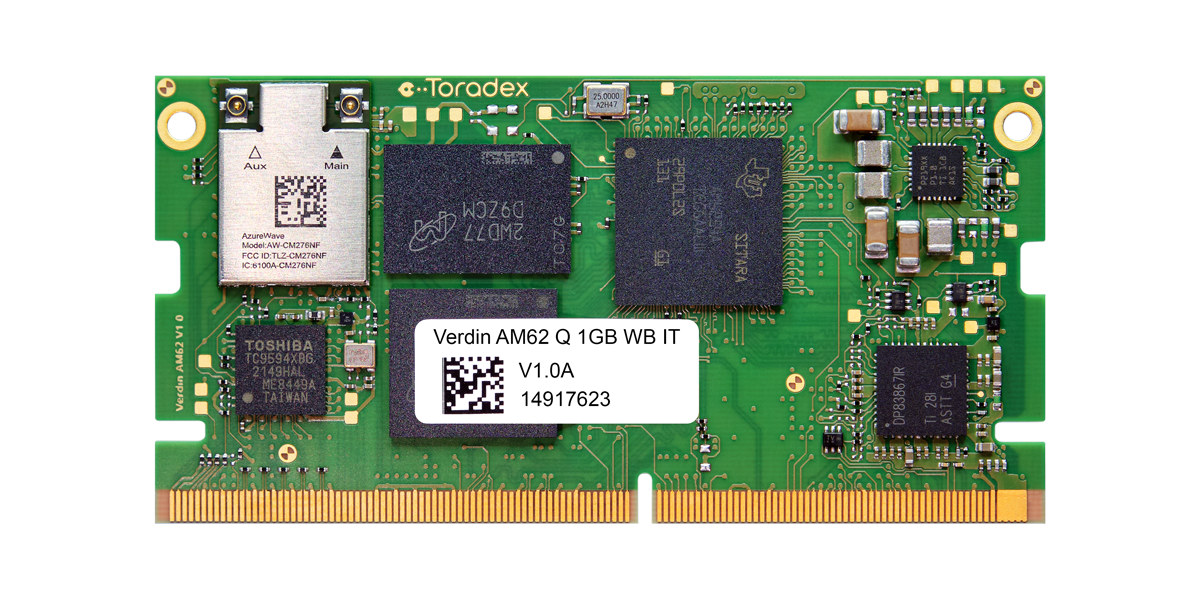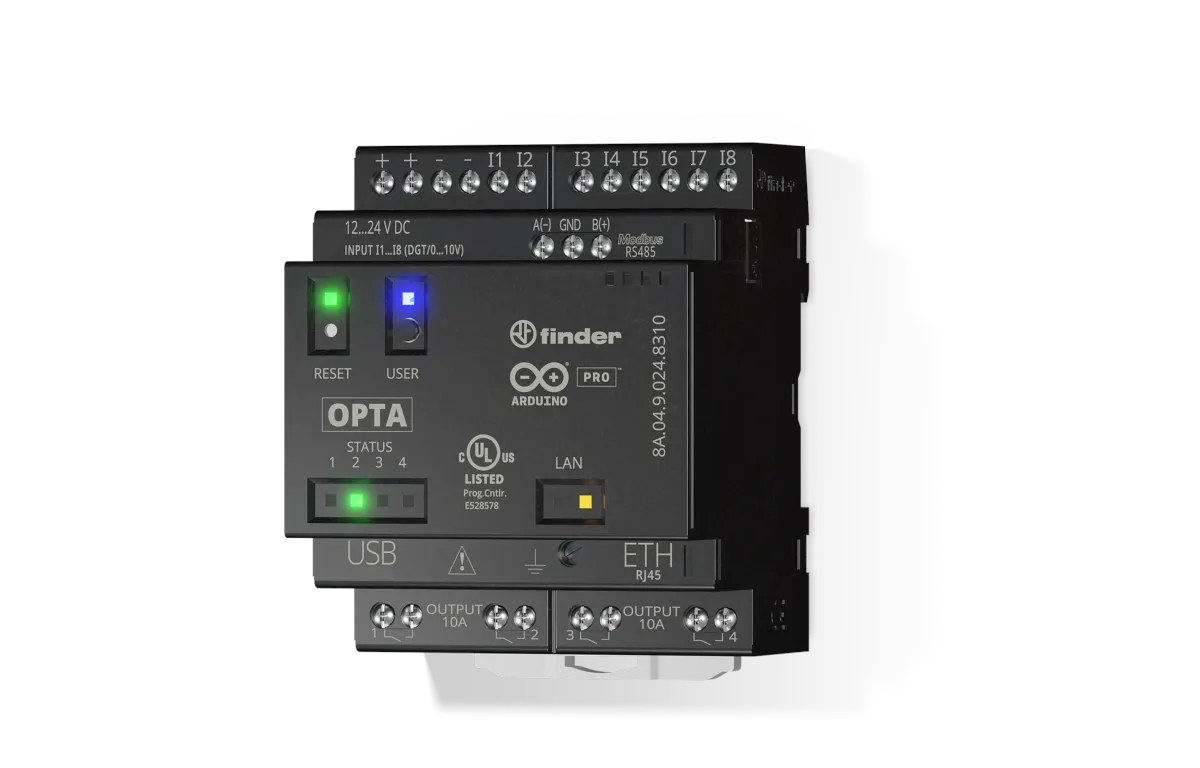Waveshare WS-431E is an industrial-grade 4G LTE router with three Ethernet ports, WiFi 4, wall and DIN-Rail mounting options, and support for a wide power input range between 9V and 36V DC. The router is said to be based on two Qualcomm chips without further details provided, support various VPN protocols, and be suitable for networked medical equipment, Smart Agriculture, Smart Cities, robots, and security monitoring applications. Waveshare WS-431E specifications: SoC – “Dual Qualcomm chips” for WiFi and 4G LTE Networking Ethernet 1x 10/100Mbps Ethernet RJ45 WAN port (can be configured as LAN) with auto MDI/MDIX, 1.5KV electromagnetic isolation protection 2x 10/100Mbps Ethernet RJ45 LAN ports with auto MDI/MDIX, 1.5KV electromagnetic isolation protection 2.4 GHz 802.11b/g/n WiFi 4 2×2 MIMO up to 300 Mbps, and 500-meter LoS range 4G LTE cellular 4G TDD-LTE – B38/40/41 4G FDD-LTE – B1/3/7/8/20/28A 3G WCDMA – B1/8 2G GSM/EDGE – B3/8 Nano SIM card […]
Bedrock R7000 Edge AI fanless computer combines AMD Ryzen 7 7840HS CPU with Hailo-8 AI accelerators
SolidRun Bedrock R7000 Edge AI fanless computer combines an 8-core AMD Ryzen 7840HS/U Zen4 processor and up to three Hailo-8 AI accelerators for artificial intelligence applications in harsh environments with an industrial temperature range of -40ºC to 85ºC. The industrial embedded system comes with up to 64GB DDR5 memory, supports up to three M.2 NVMe SSD, and offers various interfaces such as dual 2.5GbE and four 4K-capable display interfaces using HDMI and DisplayPort. Just like the previous generation mode, the AMD Ryzen Embedded V3000-powered Bedrock V3000 fanless industrial computer, the BedRock R7000 is offered in three different form factors including the 30W and 60W dissipation model with integrated heatsink fins, and a tile variant designed to be fastened to a cold plate on a chassis. Bedrock R7000 Edge AI specifications: SoC – AMD Ryzen 7 7840HS or 7840U octa-core Zen4 processor clocked at 3.8 GHz / 5.1GHz (Turbo) with Radeon […]
NEWRACOM NRC7394 WiFi HaLow SoC delivers higher power efficiency and cost-effectiveness
NEWRACOM has just introduced the NRC7394 Wi-Fi HaLow Arm Cortex-M3 SoC with higher power efficiency and lower cost than the previous generation NRC7292 Cortex-M3/M0 HaLow SoC and available in a 6x6mm package. I first wrote about the 802.11ah standard in 2014. Also known as the WiFi HaLow (consumers name), it operates in the 900 MHz band, offers a longer range and lower power consumption for items like IP cameras, and the first products came to market in 2021. I was expecting a flood of new WiFi HaLow devices in 2022 in my year 2021 round-up and it was not exactly a prescient prediction as it never happened. But maybe the new NRC7394 SoC will help make WiFi HaLow devices more popular by lowering the costs and further improving battery life. NEWRACOM NRC7394 key features: CPU – Arm Cortex-M3 core @ 32 MHz for IEEE 802.11ah WLAN and application Connectivity Full […]
ST87M01 NB-IoT & GNSS module targets global cellular IoT deployments, asset tracking applications
STMicro ST87M01 is a compact, low-power, programmable LTE Cat NB2 (NB-IoT) industrial cellular module with GNSS geo-location capability for “massive IoT” deployments and asset tracking applications. STMicro already had several LPWAN solutions such as the STM32WL LoRa SoC, a Wi-SUN transceiver, a few SigFox chips, and a bunch of proprietary sub-GHz chips, but no cellular IoT solutions of their own although the STM32 microcontroller can be found in many third-party solutions. The ST87M01 NB-IoT and GNSS module changes that, so let’s have a closer look. ST87M01 NB-IoT module specifications: Cellular LTE, Category NB2, Release 15 Worldwide regional bands coverage Single-tone / Multi-tone / Extended TBS and 2 HARQ Up to DL: 127 kbps, UL: 159 kbps eDRX and PSM support Up to +23 dBm power output Optional ST4SIM embedded SIM (eSIM) GSMA compliant with an additional Secure Element GNSS capability Expansion – Multiple I/F and GPIO Host communication – standardized […]
NVIDIA Jetson powered SmartCow Ultron controller targets Smart Cities and autonomous infrastructure deployments (Sponsored)
SmartCow, an AI engineering company specializing in video analytics, AIoT devices, and smart city solutions, and an NVIDIA Metropolis partner, has released a new version of the Ultron controller. Smartcow Ultron is an AI-enabled controller with sensor fusion capabilities that empowers industrial applications of vision AI at the edge. Powered by the NVIDIA Jetson Xavier NX system-on-module and compatible with Jetson Orin NX, Ultron is suitable for smart traffic and manufacturing that can leverage its high computing power and low latency for vision AI applications in various configurations. It is also applicable in smart factories, smart cities, smart buildings, and smart agriculture. Ultron takes automation a step further than traditional PLC solutions with vision analysis. Based on powerful NVIDIA Jetson modules, Ultron can handle demanding visual AI processing workloads, with model architecture such as image classification, object detection, and segmentation. The new version of Ultron enhances the flexibility of its […]
Hailo-15 quad-core AI Vision processor delivers up to 20 TOPS for Smart Cameras
Hailo-15 is a family of AI Vision processors for smart cameras that deliver up to 20 TOPS of AI inference and are able to process deep-learning AI applications such as video analytics. The Hailo-15 appears to build upon the earlier Hailo-8 AI processor with up to 26 TOPS and more limited computer vision capability. The new AI vision processor integrates a quad-core Cortex-A53 CPU sub-system, can handle 4K video streams, and features “advanced computer vision engines”. So the main differences are that the Hailo-15 is a complete SoC / standalone processor and is specifically designed for AI cameras. Hailo-15 highlights: CPU – Quad-core Arm Cortex-A53 processor up to 1.3 GHz or 1.1 GHz (Hailo-15L) DSP – Vector DSP, 256 MACs @ 700 MHz supports up to 350 GOPs AI accelerator / NN core sub-system with dataflow architecture Hailo-15H – Up to 20 TOPS Hailo-15M – Up to 11 TOPS Hailo-15L […]
Toradex Verdin AM62 – An entry-level Sitara AM623/AM625 SoM for Industry 4.0, Smart Cities, Healthcare…
Toradex Verdin AM62 is a system-on-module based on Texas Instruments AM62 Cortex-A53/M4 processor with up to 1GB LPDDR4 RAM and 8GB eMMC flash that is the most affordable system-on-module from the company’s Verdin family. The module also comes with a Gigabit Ethernet PHY and an optional WiFi 5 and Bluetooth 5 module and exposes various interfaces through its edge connector such as dual Gigabit Ethernet, MIPI DSI and LVDS display interfaces, a MIPi CSI-2 camera interface, and CAN FD, and more. Toradex Verdin AM62 specifications: SoC – Texas Instruments Sitara AM623/AM625 with up to 4x Arm Cortex-A53 cores @ 1.4GHz, 1x Arm Cortex-M4F @ 400MHz, optional 3D GPU with support for OpenGL 3.x/2.0/1.1 + extensions, Vulkan 1.2 (AM625 only) System Memory – Up to 1GB LPDDR4 (16-bit) Storage – Up to 8GB eMMC flash Networking Texas Instruments DP83867IRRGZR industrial-grade Gigabit Ethernet PHY Optional Wi-Fi 5 and Bluetooth 5 module (AzureWave […]
Arduino Opta is a micro PLC for industrial IoT applications
Arduino has recently announced the Opta micro PLC with industrial IoT capabilities adding yet another solution to the Arduino Pro family. Arduino used to focus on the hobbyist crowd, but with the launch of the Arduino Pro family in 2020 starting with the Portenta H7 board, the company switched its main focus to the more profitable enterprise market. Since then they’ve launched several other boards designed in-house, and last year started collaborating with the introduction of the Arduino WisGate Edge LoRaWAN gateways based on RAKwireless hardware. The Arduino Opta is another one of those collaborations as it was designed together with Finder, who calls their devices PLR (Programmable Logic Relays). Arduino Opta key features and specifications: MCU – STMicroelectronics STM32H747XI microcontroller with 1x Arm Cortex-M7 core up to 480 MHz, 1x Arm Cortex-M4 core up to 240 MHz, 2MB flash, 1MB SRAM (as found in all Portenta H7 boards, and […]


